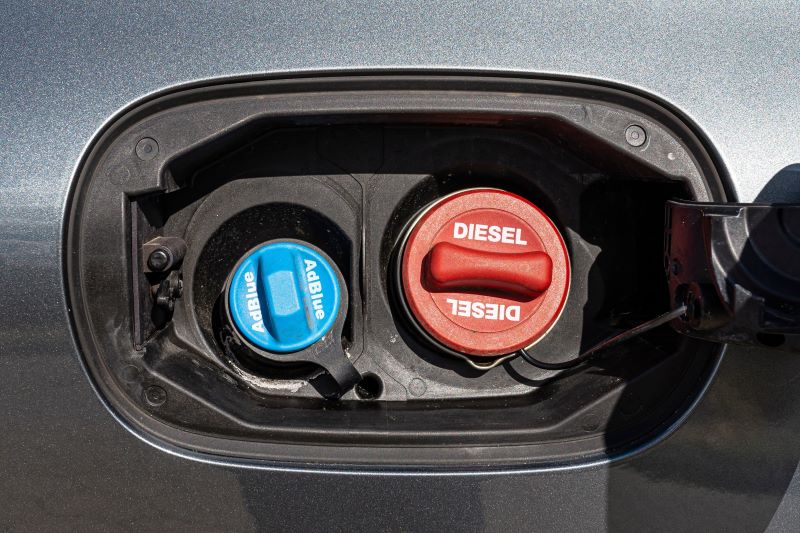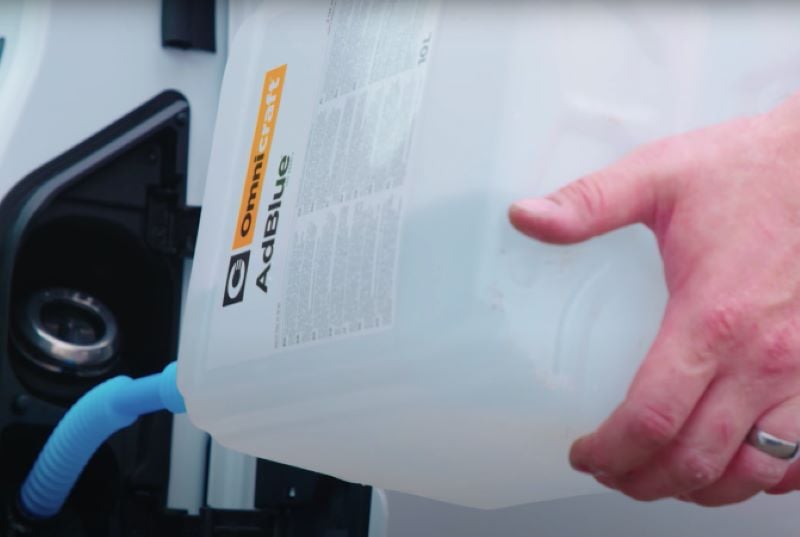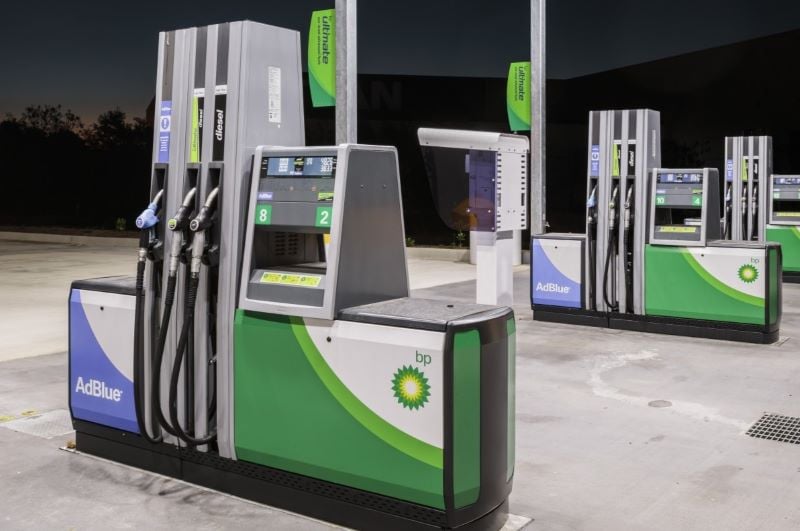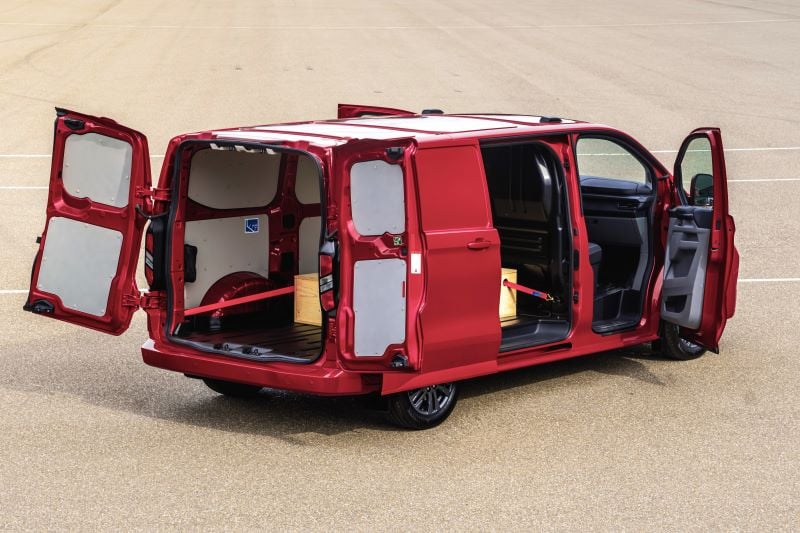What Is AdBlue and How Does It Work?

If you drive a van, there is a good chance you’ll have come across AdBlue, a necessary component of any diesel van – but why is it important and how does it work?
Also known as ‘diesel exhaust fluid’, AdBlue (as it is widely marketed) is a liquid added to a separate tank in a diesel-fuelled van that works to convert nitrogen oxide emissions in the exhaust gas of diesel engines, into nitrogen and water.
This has the overall intention of reducing the amount of air pollution created by a diesel engine.
It has gained greater prominence in recent years due to Euro 6 engines requiring the fluid in order to reduce exhaust emissions and comply with strict European regulations aimed at improving air quality by cracking down on environmentally harmful vehicles.
In fact, so important is AdBlue that no Euro 6 compliant engine will start without any AdBlue fluid in the tank.

How Does AdBlue Work?
So, now for the science bit...
The fluid converts over 90 per cent of nitrogen oxide (NOx) emissions into nitrogen and steam - resulting in less pollution.
While the engine is running, tiny amounts of the solution are injected into the exhaust system, breaking down the NOx emissions into water vapour (steam to you and me) and nitrogen gas.
A particulate filter then reduces solid particulates from the vehicle’s exhaust emissions.
As an indication of the importance of AdBlue to van manufacturers, you’ll have likely noticed diesel engines are often identified using the ‘blue’ nomenclature.
For example, Citroen and Peugeot refer to their diesel engines as ‘BlueHDi’, while Ford denotes its diesel engines as EcoBlue. Mercedes-Benz have previously used BlueTec, while Renault has Blue dCi.
How Is AdBlue Stored?
If you drive a modern diesel van, you’ll know there is a second small blue coloured filler cap alongside the main fuel filler cap.
AdBlue is stored in a separate tank which utilises Selective Reduction Technology (SCR) to reduce emissions and should always be protected from contamination. If you're having trouble finding it, simply refer to your owner's manual.
AdBlue fluid can be purchased easily from supermarkets, motoring stores and petrol/service stations.
You might even find some petrol stations have an AdBlue pump to use in the same way you would use one to fill up your fuel tank. Typically, vans feature between 15 and 25 litres for the AdBlue tank and can last up to 14,000 miles.

When Should I Refill My AdBlue Tank?
AdBlue should be topped up at service intervals or if you're warning light is on - just the same as your fuel warning system. The average mileage for a full tank is around 10-14,000 miles, depending on your van.
Should you run out while driving, your engine won't cut out but once you stop the vehicle you won't be able to restart it until you've refilled the AdBlue tank.
While AdBlue sits in the lowest water pollution category, it is a corrosive irritant that can cause injury to skin, eyes and respiratory organs. As such, you should always wear protective equipment when handling AdBlue, but the urea solution is clear and non-toxic.

Lease A New Van With Vansdirect
Leasing a van with Vansdirect has never been easier to better value for your business
Get the right van lease deal, right now on the van you want, including the Ford Transit Custom, Vauxhall Movano, Mercedes-Benz Sprinter and Citroen Berlingo.
Speak to our expert team today and you could be driving a new van sooner than you expected for less than you think.
















